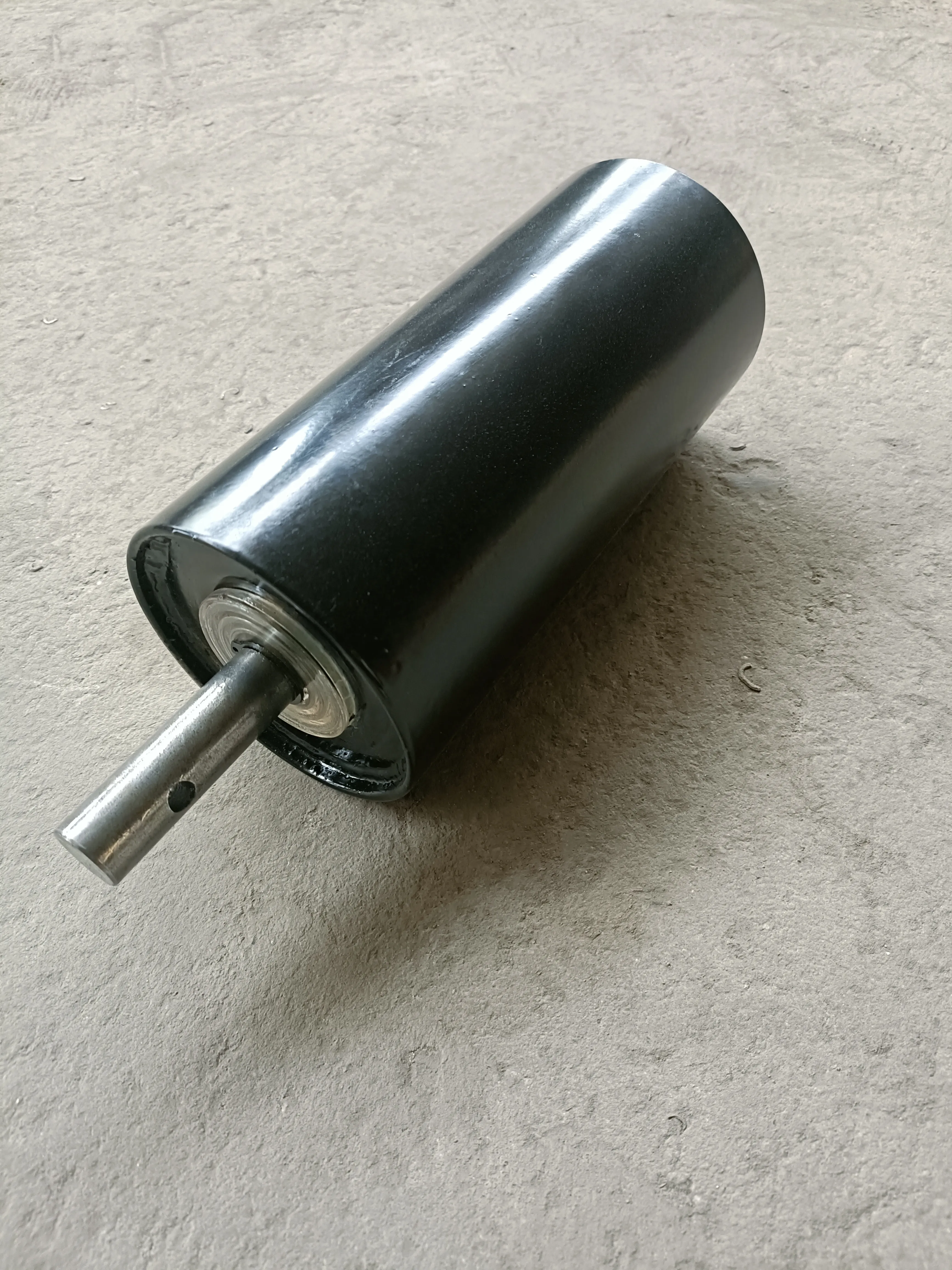 Afrikaans
Afrikaans  Albanian
Albanian  Amharic
Amharic  Arabic
Arabic  Armenian
Armenian  Azerbaijani
Azerbaijani  Basque
Basque  Belarusian
Belarusian  Bengali
Bengali  Bosnian
Bosnian  Bulgarian
Bulgarian  Catalan
Catalan  Cebuano
Cebuano  Corsican
Corsican  Croatian
Croatian  Czech
Czech  Danish
Danish  Dutch
Dutch  English
English  Esperanto
Esperanto  Estonian
Estonian  Finnish
Finnish  French
French  Frisian
Frisian  Galician
Galician  Georgian
Georgian  German
German  Greek
Greek  Gujarati
Gujarati  Haitian Creole
Haitian Creole  hausa
hausa  hawaiian
hawaiian  Hebrew
Hebrew  Hindi
Hindi  Miao
Miao  Hungarian
Hungarian  Icelandic
Icelandic  igbo
igbo  Indonesian
Indonesian  irish
irish  Italian
Italian  Japanese
Japanese  Javanese
Javanese  Kannada
Kannada  kazakh
kazakh  Khmer
Khmer  Rwandese
Rwandese  Korean
Korean  Kurdish
Kurdish  Kyrgyz
Kyrgyz  Lao
Lao  Latin
Latin  Latvian
Latvian  Lithuanian
Lithuanian  Luxembourgish
Luxembourgish  Macedonian
Macedonian  Malgashi
Malgashi  Malay
Malay  Malayalam
Malayalam  Maltese
Maltese  Maori
Maori  Marathi
Marathi  Mongolian
Mongolian  Myanmar
Myanmar  Nepali
Nepali  Norwegian
Norwegian  Norwegian
Norwegian  Occitan
Occitan  Pashto
Pashto  Persian
Persian  Polish
Polish  Portuguese
Portuguese  Punjabi
Punjabi  Romanian
Romanian  Russian
Russian  Samoan
Samoan  Scottish Gaelic
Scottish Gaelic  Serbian
Serbian  Sesotho
Sesotho  Shona
Shona  Sindhi
Sindhi  Sinhala
Sinhala  Slovak
Slovak  Slovenian
Slovenian  Somali
Somali  Spanish
Spanish  Sundanese
Sundanese  Swahili
Swahili  Swedish
Swedish  Tagalog
Tagalog  Tajik
Tajik  Tamil
Tamil  Tatar
Tatar  Telugu
Telugu  Thai
Thai  Turkish
Turkish  Turkmen
Turkmen  Ukrainian
Ukrainian  Urdu
Urdu  Uighur
Uighur  Uzbek
Uzbek  Vietnamese
Vietnamese  Welsh
Welsh  Bantu
Bantu  Yiddish
Yiddish  Yoruba
Yoruba  Zulu
Zulu Essential Components for Efficient Conveyor Systems and Their Functions
Understanding Conveyor Parts The Backbone of Material Handling Systems
Conveyor systems are pivotal in various industries, serving as the backbone of material handling and logistics. From automotive assembly lines to food processing facilities, these systems streamline the movement of goods, significantly enhancing productivity and efficiency. However, the effectiveness of any conveyor system largely depends on its individual components. In this article, we delve into the essential parts of conveyor systems and how they contribute to optimal performance.
Key Components of Conveyor Systems
1. Conveyor Belts The most recognizable part of a conveyor system is undoubtedly the conveyor belt itself. Made from various materials such as rubber, fabric, or metal, the choice of belt depends on the specific application and materials being transported. For instance, a food-grade belt is essential in the food industry, while a heavy-duty metal belt may be suited for transporting bulk materials.
2. Rollers Rollers are critical for reducing friction and supporting the weight of the conveyor belt and materials. They come in various sizes and types, including smooth, grooved, and spiral rollers. Proper roller selection and maintenance are crucial for smooth operation and to prevent jamming or excessive wear on the belt.
3. Drive Motors The drive motor is the powerhouse of the conveyor system, providing the necessary energy to move the belt. Motors can be electric or hydraulic and vary in size based on the application. The right drive motor ensures consistent speed and efficiency, accommodating different load demands with ease.
4. Idlers Idlers are used to support the conveyor belt between the loading and discharge points, minimizing sag and ensuring the belt follows a proper path. They play a vital role in maintaining optimal tension and preventing slippage, which can lead to material spillage and increased wear.
5. Pulleys Located at both ends of the conveyor system, pulleys are essential for the belt's movement. The drive pulley is connected to the motor and drives the belt, while the return pulley helps keep the belt taut. Proper adjustments and timely replacements of worn-out pulleys can significantly enhance the conveyor system's longevity and performance.
conveyor parts

6. Chassis and Frames The structural integrity of a conveyor system relies on its chassis and frames, which support all other components. Typically made from steel or aluminum, the construction needs to be strong and durable enough to handle the weight and stresses imposed by moving materials.
7. Controls and Sensors Modern conveyor systems often employ sophisticated control systems and sensors to enhance automation and safety. These systems can detect jams, monitor speed, and even manage the flow of materials to optimize operations. Integration of IoT (Internet of Things) technologies is increasingly common, allowing for real-time monitoring and predictive maintenance.
8. Safety Features Conveyor systems can pose safety risks if not equipped with the right safety features. Emergency stop switches, guards, and safety covers are crucial for preventing accidents. It's essential to comply with safety standards and regulations to protect workers and equipment.
Maintenance and Care
To ensure conveyor systems operate at peak performance, regular maintenance is essential. This includes inspection and adjustment of components, lubrication of moving parts, and cleanliness to prevent dust and debris buildup. A well-maintained conveyor reduces the risk of breakdowns and extends the lifespan of components, ultimately leading to cost savings.
Conclusion
Conveyor parts are more than just functional components; they are integral to the success of material handling operations across various industries. Understanding their roles and maintaining them is crucial for ensuring reliability, safety, and efficiency in processes. As technology evolves, conveyor systems will continue to adapt, integrating smarter components that will enhance their capabilities, paving the way for even more sophisticated material handling solutions in the future. Efficiently designed and maintained conveyor systems not only streamline operations but also contribute significantly to the overall productivity of any industrial process.
-
Revolutionizing Conveyor Reliability with Advanced Rubber Lagging PulleysNewsJul.22,2025
-
Powering Precision and Durability with Expert Manufacturers of Conveyor ComponentsNewsJul.22,2025
-
Optimizing Conveyor Systems with Advanced Conveyor AccessoriesNewsJul.22,2025
-
Maximize Conveyor Efficiency with Quality Conveyor Idler PulleysNewsJul.22,2025
-
Future-Proof Your Conveyor System with High-Performance Polyurethane RollerNewsJul.22,2025
-
Driving Efficiency Forward with Quality Idlers and RollersNewsJul.22,2025





























